Australian Airliners Across the Pacific exhibition dates: 4th March 2021 – 28th November 2022
International Terminal: Aviation Museum & Library
Airmail Down Under exhibition dates: 4th March 2021 – 2nd December 2022
International Terminal: Aviation Museum & Library
Flying the Southern Cross Route: Seventy-Five years of Australian Commercial Air Service to North America exhibition dates: 8th January 2022 – 5th March 2023
International Terminal: Aviation Museum & Library
Australian Airliners Across the Pacific
Anonymous photographer
British Commonwealth Pacific Airways (BCPA) Douglas DC-4 R.M.A. Resolution at Nadi Airport, Fiji
1948
Gelatin silver photograph
Courtesy AussieAirliners.org and Whites Aviation via Sheehan Collection
The first leg of a flight from Australia to the United States was from Sydney to Nadi, in Fiji. The journey was just under two thousand miles and took about nine hours.
I wholeheartedly commend the SFO Museum for the exhibitions they put on. The themes of their exhibitions are always interesting, eclectic and memorable.
As with my recent posting on their exhibition Japonisme, other current exhibitions include fascinating topics such as The Victorian Papered Wall and California Modernist Women: Groundbreaking Creativity … and the photographs used to illustrate the exhibitions online are always so polished and professional.
While two of the exhibitions in this posting have already finished, the exhibition Flying the Southern Cross Route: Seventy-Five years of Australian Commercial Air Service to North America continues until 5th March 2023. Viewing the history of air routes across the Pacific Ocean to the United States recorded through photographs, objects, posters and attire makes you realise – back in those early days of trans-Pacific flight – how long it took to get anywhere; how glamorous, class-orientated and exclusive flying was in those days; and how precarious and dangerous flying in twin turbo-prop aircraft or seaplanes could be.
Dr Marcus Bunyan
Many thankx to the SFO Museum for allowing me to publish the photographs in the posting. Please click on the photographs for a larger version of the image.
Anonymous photographer
British Commonwealth Pacific Airways (BCPA) Douglas DC-6 R.M.A. Endeavor on approach to San Francisco
1952
Gelatin silver photograph
Courtesy AussieAirliners.org and W. Larkins Collection
Anonymous photographer
Qantas Airways Boeing 707 City of Canberra on inaugural Sydney to San Francisco flight
1959
Gelatin silver photograph
Courtesy Qantas Heritage Collection
In the wake of World War II, Australian airline companies embarked on the task establishing an air route across the Pacific Ocean to the United States. Initially, the long, island-hopping journey stopped at several wartime airfields along the way. Australians dubbed this transpacific airway the Southern Cross Route, named after Charles Kingsford-Smith’s aircraft the Southern Cross, the first to make the long flight between the two countries in 1928. Smith had named his aircraft after one of the signature constellations of the southern hemisphere. The first passenger flights in the late 1940s lasted almost two days and made three stops along the way. In the decades that followed, faster and longer-ranged aircraft improved the experience of the flight. Today, non-stop air travel between the two countries requires only fifteen hours of flight. This exhibition illustrates the evolution of the aircraft and the passenger service through images drawn from the collections of the Qantas Heritage Collection and AussieAirliners.org.
Text from the SFO Museum website
Anonymous photographer
Qantas Airways first class “Blue Ribbon Service” aboard Boeing 707s
c. 1960
Courtesy Qantas Heritage Collection
Anonymous photographer
Qantas Airways upper deck “Captain Cook Lounge” aboard Boeing 747s
Early 1970s
Gelatin silver photograph
Courtesy Qantas Heritage Collection
Anonymous photographer
Qantas Airways Boeing 747-400ER Fraser Island at San Francisco International Airport
2018
Courtesy AussieAirliners.org and G. Snyder
Although a common and beloved site for decades, Qantas is taking advantage of the lull caused by the COVID pandemic to accelerate the retirement of their 747 fleet. The aircraft will be replaced by more efficient and economical twin-engine wide-body models.
Flying the Southern Cross Route: Seventy-Five years of Australian Commercial Air Service to North America
Qantas Empire Airways advertisement
1950s
Paper, ink
Collection of SFO Museum
Gift of Qantas Airways Limited
Following the historic first flight from North America to Australia by Charles Kingsford Smith and crew in 1928, the transpacific “Southern Cross” route – named after the aircraft they flew, the Fokker F.VIIb/3m Southern Cross – received worldwide fame. After World War II, BCPA (British Commonwealth Pacific Airlines) and ANA (Australian National Airways) commenced commercial air services on their branded “Southern Cross Route” between Australia and San Francisco via Fiji and Hawai’i. When Qantas Empire Airways acquired BCPA in 1954, the airline assumed operations of the route. Since then, Qantas has continuously offered premier air service between the two continents on the most advanced airliners of the day. Through a diverse collection of airliner models, promotional items, meal service wares, cabin crew uniforms, and photographs, Flying the Southern Cross Route presents a legacy of Australian air service on this long celebrated route that connects two diverse regions and both hemispheres.
Text from the SFO Museum website
Anonymous photographer
BCPA (British Commonwealth Pacific Airlines) stewardess Daughne Kelpe on the stairs next to a BCPA Douglas DC-4
Late 1940s
Gelatin silver photograph
Qantas Heritage Collection
BCPA (British Commonwealth Pacific Airlines) coaster and ashtray
c. 1950
Wood, paint, paper, metal, ink
SFO Museum
Coaster: gift of Thomas G. Dragges
Ashtray: gift of Walton F. Kemmerle
Anonymous photographer
Qantas Empire Airways Lockheed L-1049 Super Constellation at San Francisco International Airport
c. 1958
Gelatin silver photograph
Collection of SFO Museum
Qantas Empire Airways Lockheed L-1049 Super Constellation model aircraft
1950s
Raise Up, Rotterdam, Holland
Scale 1:72
Metal, paint
Courtesy of Anthony J. Lawler
Qantas Airways Boeing 707 model aircraft
c. 2006
Scale 1:200
Corgi Classics
Metal, paint
SFO Museum
Emilio Pucci (Italian, 1914-1992) (designer)
Qantas Airways flight hostess dress
1974
Polyester, wool
SFO Museum
Dress gift of Margaret Bowen-Jones
Emilio Pucci (Italian, 1914-1992) (designer)
Qantas Airways male service director uniform
1974
Polyester, wool, cotton
SFO Museum
Jacket, pants, and tie gift of Juris Turmanis
Wedgwood, England (manufacturer)
Qantas Airways “Alice Springs” first-class meal service set
1970s
Ceramic, glaze
SFO Museum
Gift of Thomas G. Dragges
Qantas Airways flatware set
1970s
Metal
SFO Museum
Knife gift of Adam Wong
Spoon and fork gift of Thomas G. Dragges
Yves Saint Laurent (French, 1936-2008)
Qantas Airways female flight attendant uniform
1986
Polyester, cotton, plastic
SFO Museum
Gift of Suzanne de Monchaux
Qantas Flight Service Director uniform
c. 1987
Wool, cotton, polyester, metal, plastic
Collection of SFO Museum
Gift of Ron Reyn
Wedgwood, England (manufacturer)
Qantas Airways first class meal service set
1990s
Ceramic
Collection of SFO Museum
Peter Morrissey (Australian, b. 1968) (designer)
Qantas Airways female flight attendant dress and name tag
2003
Polyester, plastic
Collection of SFO Museum
Gift of Suzanne de Monchaux
Qantas Airways Boeing 787 Dreamliner model aircraft
c. 2019
Scale 1:140
Plastic resin, metal, ink
Collection of SFO Museum
Airmail Down Under
Anonymous photographer
Pan American Airways Martin M-130 Hawaii Clipper in Honolulu
c. 1935
Gelatin silver photograph
SFO Museum, Gift of the Pan Am Association
Pan American Airways, Honolulu-San Francisco airmail flight cover
March 16, 1939
Paper, ink
SFO Museum
In the 1920s, aviation visionaries imagined how the nations of the Pacific Rim could be linked by a new mode of transportation, the aircraft. Governments encouraged the development of new air routes with lucrative airmail contracts and the Pacific arena was no exception. One of the key obstacles to this endeavour was the vast 2400-mile water gap between the coast of California and the Hawaiian Islands. To successfully traverse this distance and open the rest of the Pacific region for air travel, the U.S. Navy attempted a flight using two Naval Aircraft Factory PN-9 flying boats in 1925. One plane turned back, but the other, led by Commander John Rodgers, continued, only to run out of fuel about four hundred miles from Hawai’i. Commander Rodgers managed to complete the journey by stripping fabric off the wings and fashioning improvised sails. In 1928, an aircrew led by Australian Charles Kingsford Smith flew the modified Fokker F.VIIb Southern Cross to Hawai’i, then continued on to Fiji and, finally, to Brisbane, Australia. In the 1930s, the U.S. Navy developed a practical flight route to Hawai’i with a squadron of Consolidated P2Y patrol aircraft. making the journey. In 1935, Pan American Airways opened the first regularly scheduled air service flying the Sikorsky S-42 and Martin M-130 flying boats. With this obstacle surmounted, planners trained their eyes on a commercial air route to Oceania.
Upon forging an air route to Hawai’i, Pan American Airways began planning further air links to destinations in Asia, Australia, and New Zealand. Each of these employed the long range of large flying boats to link a chain of island bases along the way. The route to the south was planned to fly through Fiji and New Caledonia. However, the distance from Hawai’i to Fiji was over 3,000 miles, beyond the safe operating range of even Pan American’s largest aircraft. The solution was to establish a refuelling base at the remote and barren Canton Island, an atoll in the Phoenix Islands, located 1,900 miles from Hawai’i and 1,200 miles from Fiji. After refuelling on Canton Island, the aircraft flew either to Suva in Fiji or Nouméa in New Caledonia on their way south. Although Pan American Airways desired a route all the way through to Australia, negotiations between the governments and Britain’s Imperial Airways proved more difficult than anticipated. As a result, the transpacific route in the south terminated at Auckland, New Zealand. These incredibly long-range routes were surveyed using the Sikorsky S-42 flying boat and opened with the new Boeing 314 Clipper.
In the early 1940s, Pan American Airways established regular service to Auckland, New Zealand, with their Boeing 314 Clipper flying boats. Although this service was halted by the outbreak of World War II in the Pacific Ocean theatre, the war years were transformational for transpacific air travel. Not only were new and improved aircraft developed, but a network of airfields were built across the Pacific basin as part of the war effort. In the late 1940s, land-based aircraft, like the Douglas DC-4 and the larger DC-6, made regularly-operated commercial air routes between the United States and Australia a reality for airmail and cargo, and for passengers as well. Pan American was also finally able to obtain permission for their service to extend all the way to Australia. Pan American was joined in flying these routes by Australian airlines like Australian National Airways (ANA), British Commonwealth Pacific Airlines (BCPA) and, later, Qantas Empire Airways. The route flown was the same as that pioneered before the war, using New Caledonia, Fiji, Canton Island, and Hawai’i as stepping-stones between Australia and the west coast of the United States. This route persisted through the propeller airliner era, even as newer aircraft like the Boeing 377 Stratocruiser were introduced.
In the late 1950s, jet airliners began to enter service for airlines around the world. These new aircraft revolutionised transpacific air travel with their high speed and longer range. Pan American World Airways and Qantas favoured the Boeing 707 airliner for their long-range international routes. These planes did not need to stop as frequently and layovers in New Caledonia and Canton Island were no longer required. Regular, same-day air travel between the United States and Australia had been realised.
Today, these rare surviving airmail flight covers document how the air route across the Pacific Ocean was established during the 1920s and 30s, and then strengthened in the post-war era with the introduction of more advanced aircraft making non-stop travel between the United States and Australia a reality.
Text from the SFO Museum website
First U.S. Navy Flight Squadron VP-10, San Francisco-Honolulu airmail flight cover
January 10, 1934
Paper, ink
SFO Museum, Gift of Jon E. Krupnick
Pan American Airways, Honolulu-Canton Island airmail flight cover
September 5, 1939
Paper, ink
SFO Museum, Gift of Jon E. Krupnick
Qantas Empire Airways, First Boeing 707 Flight, Honolulu-Sydney airmail flight cover
August 1, 1959
Paper, ink
SFO Museum, Gift of Mrs. Siusiadh Rasmussen
Pan American World Airways, First Jet Clipper Air Mail, Sydney – Los Angeles airmail flight cover
December 17, 1959
Paper, ink
SFO Museum, Gift of the Captain John B. Russell Family
SFO Museum
San Francisco International Airport
P.O. Box 8097
San Francisco, CA 94128 USA
Phone: 650.821.6700


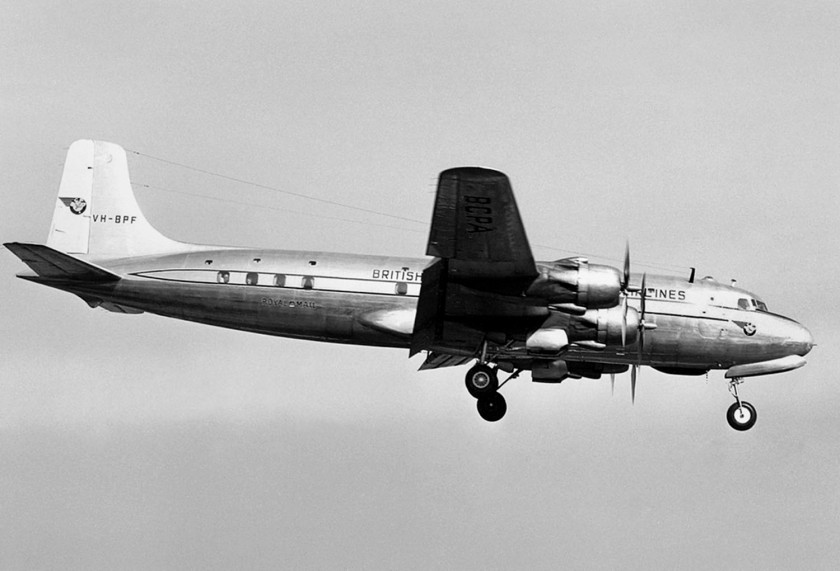



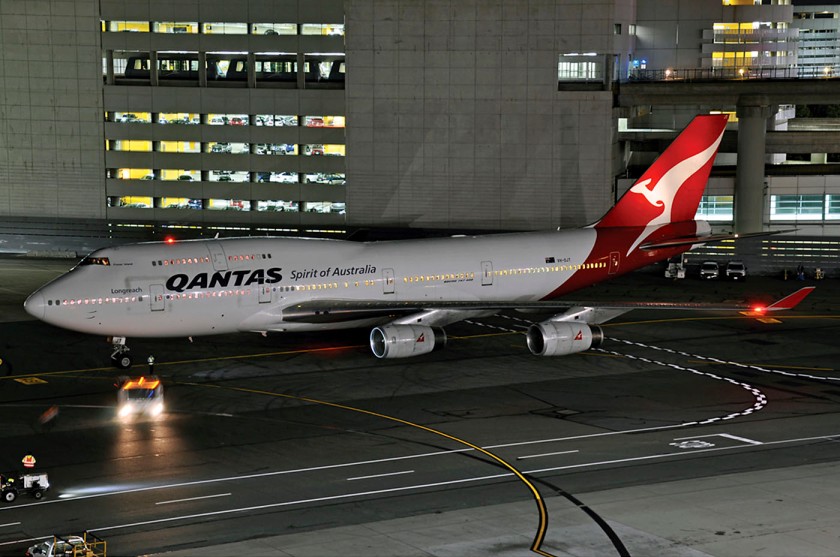


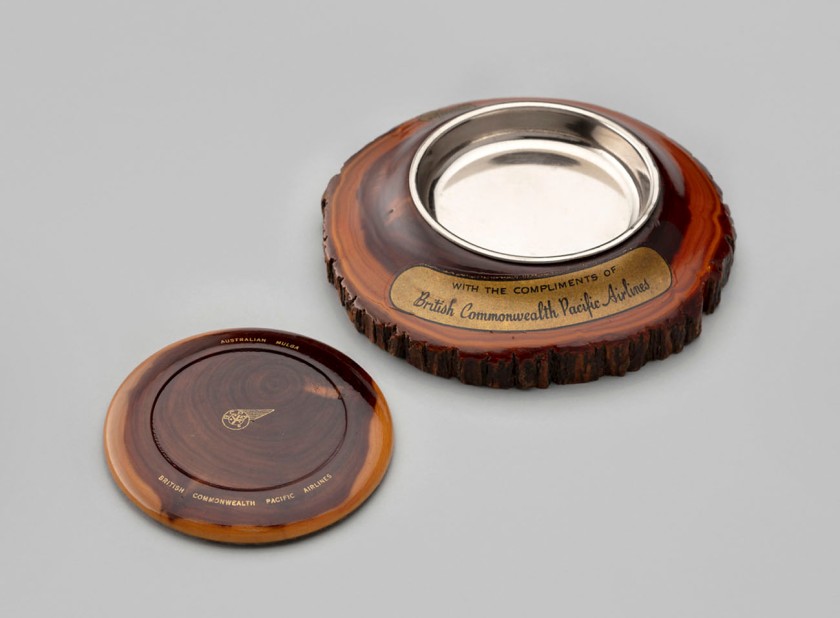
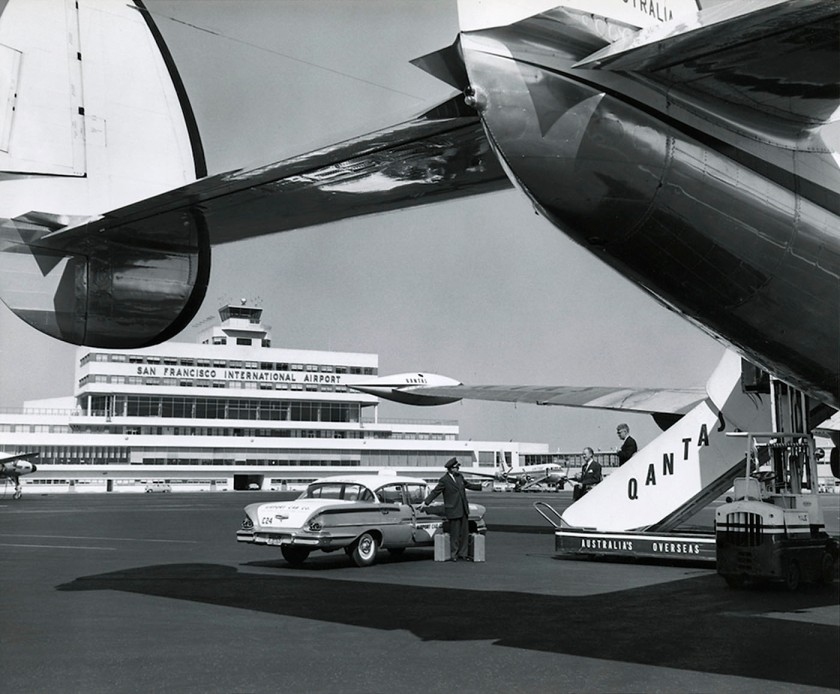
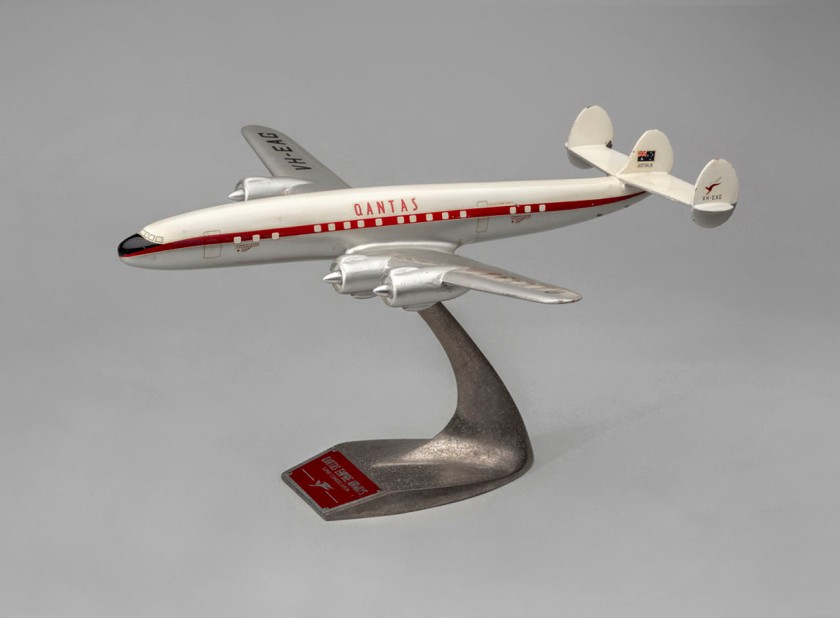
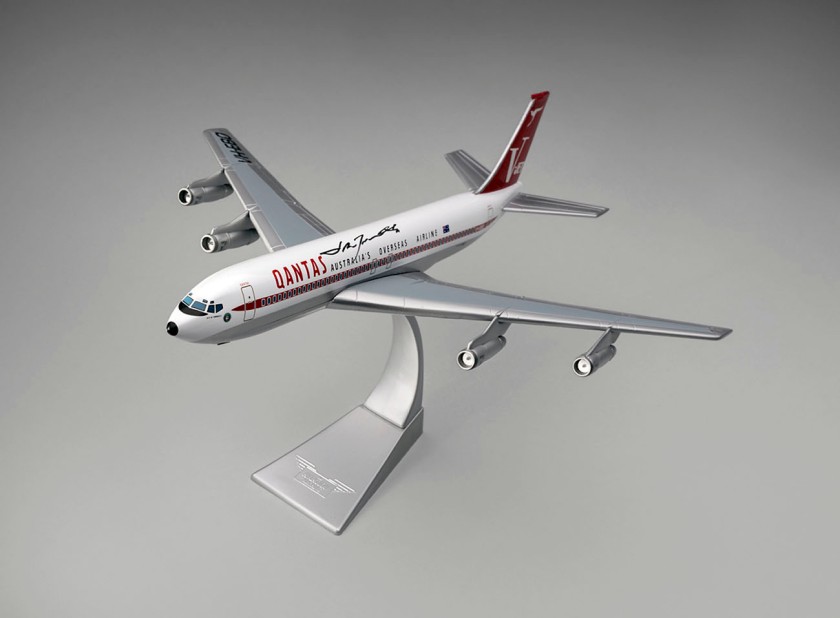

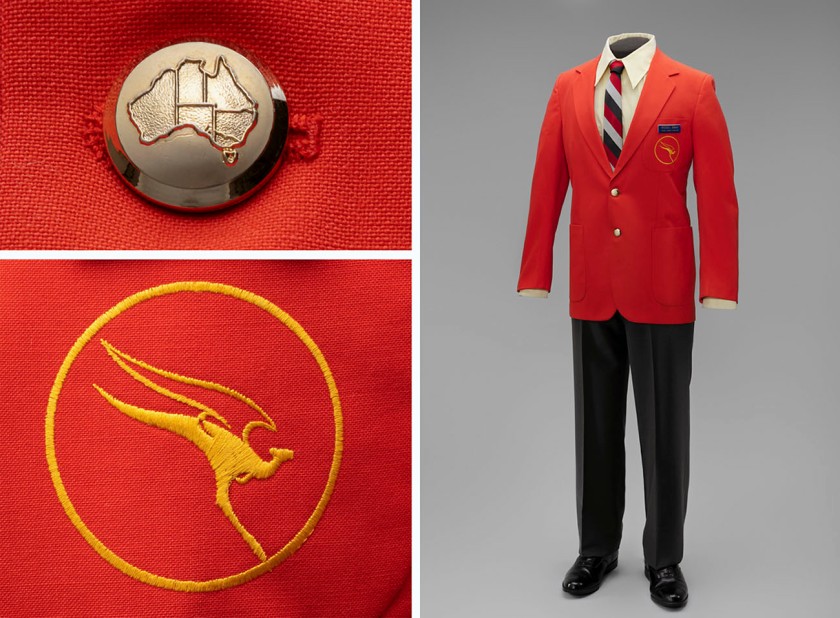
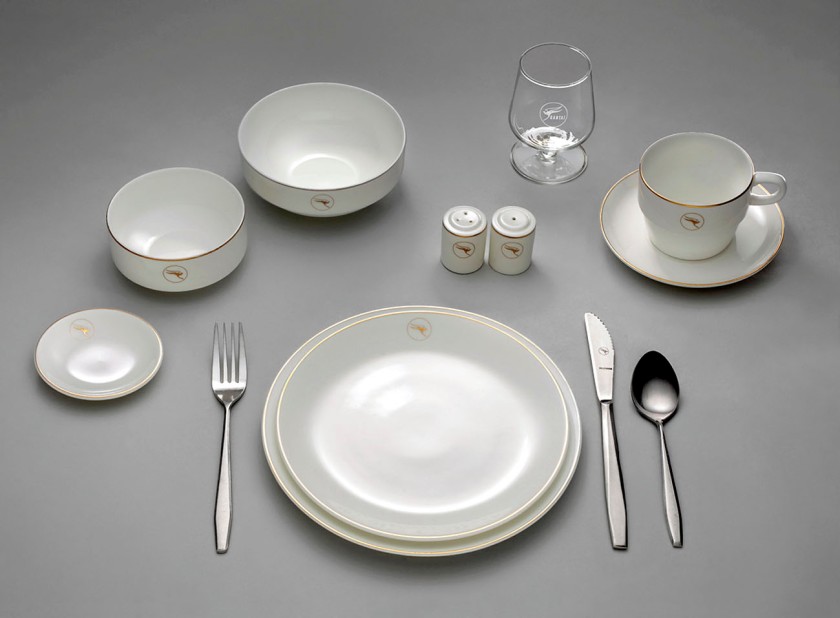
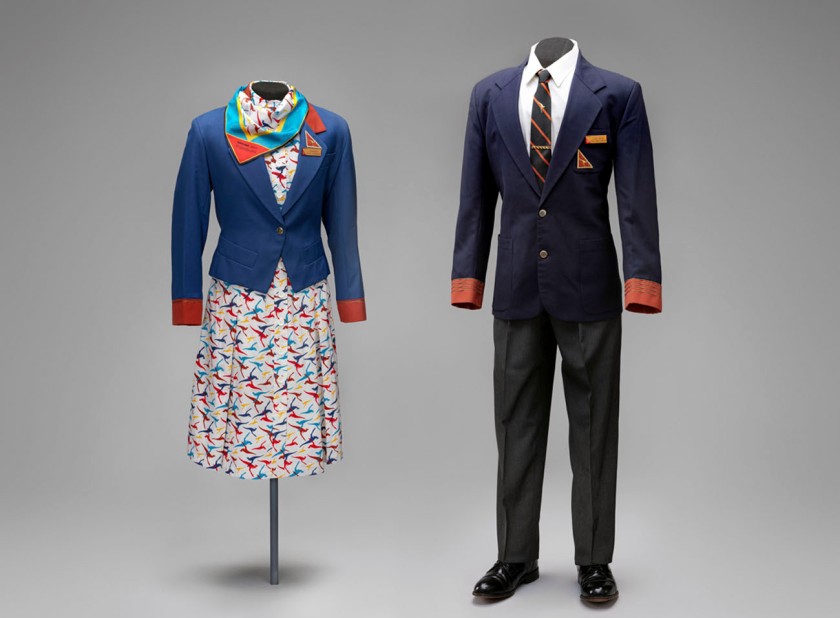
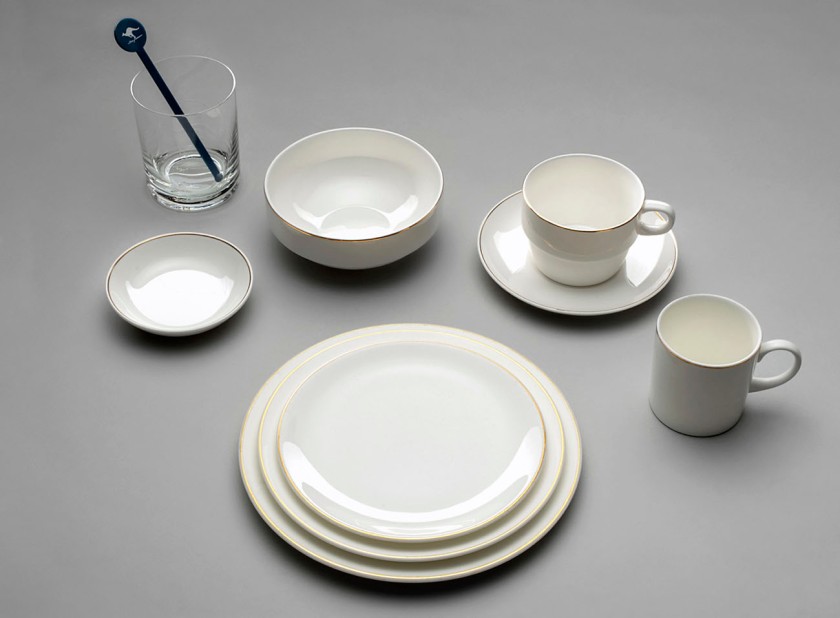

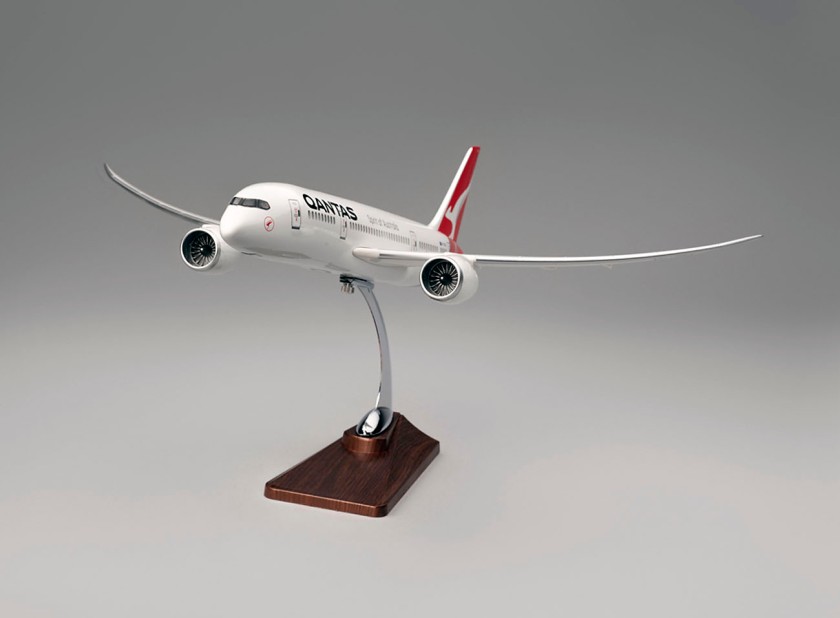
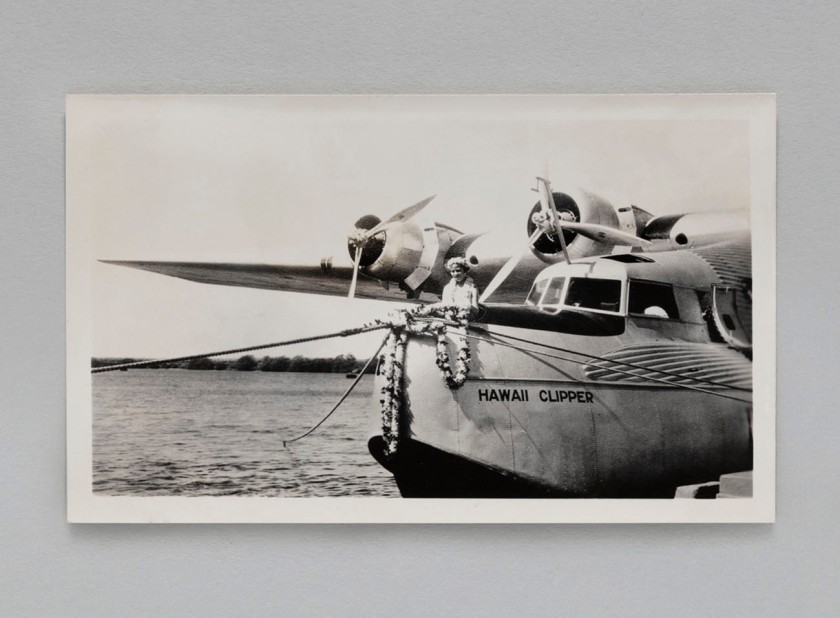
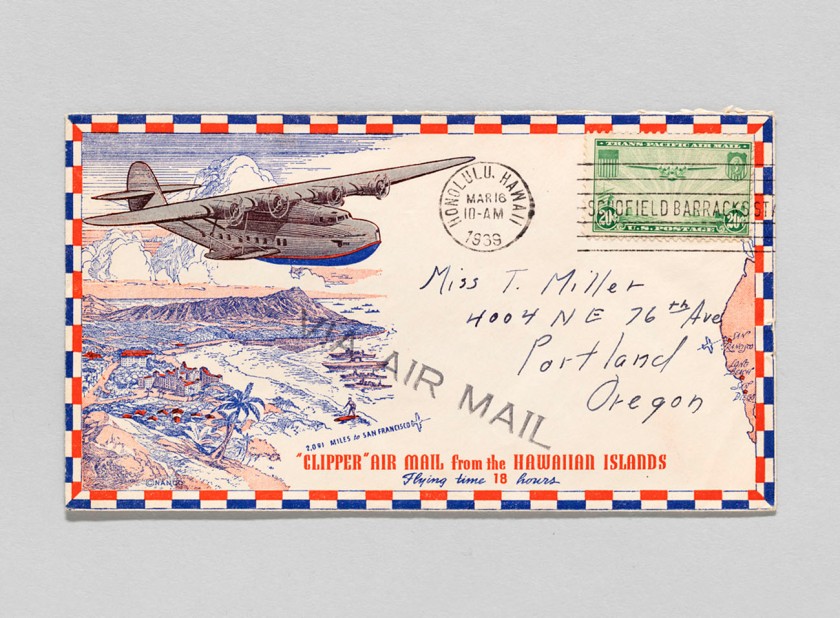

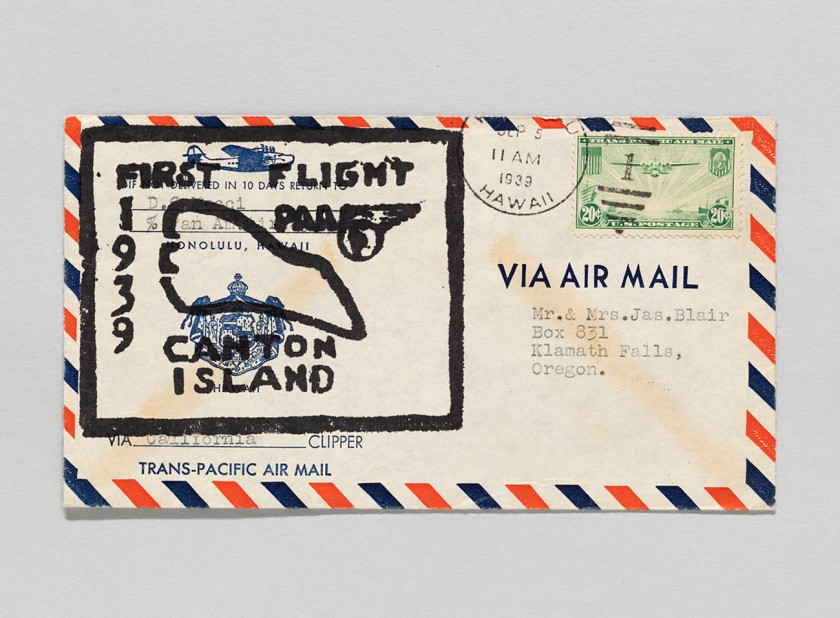
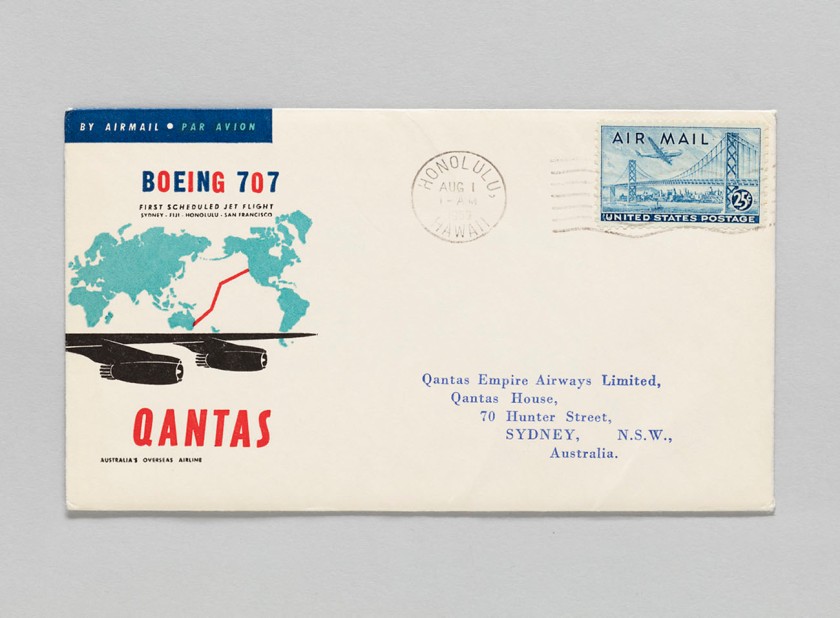
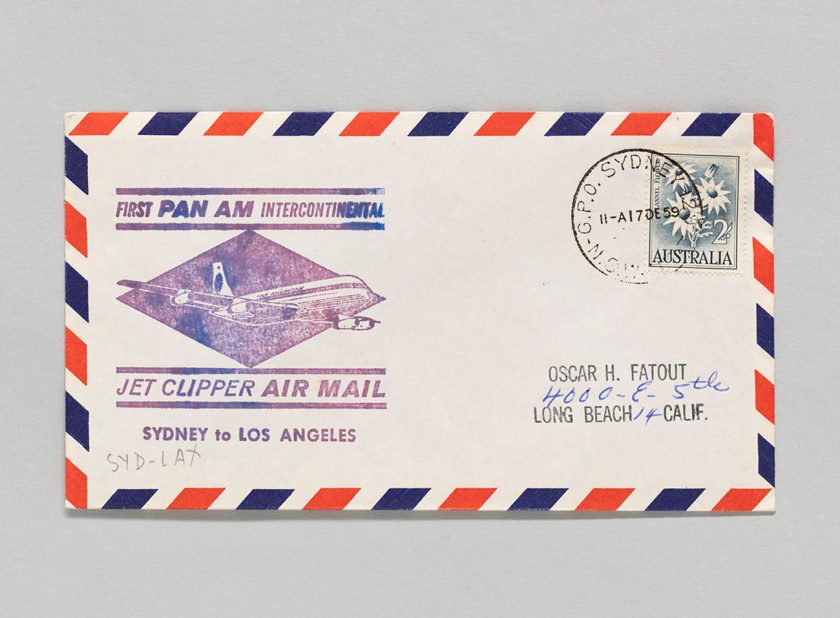
You must be logged in to post a comment.